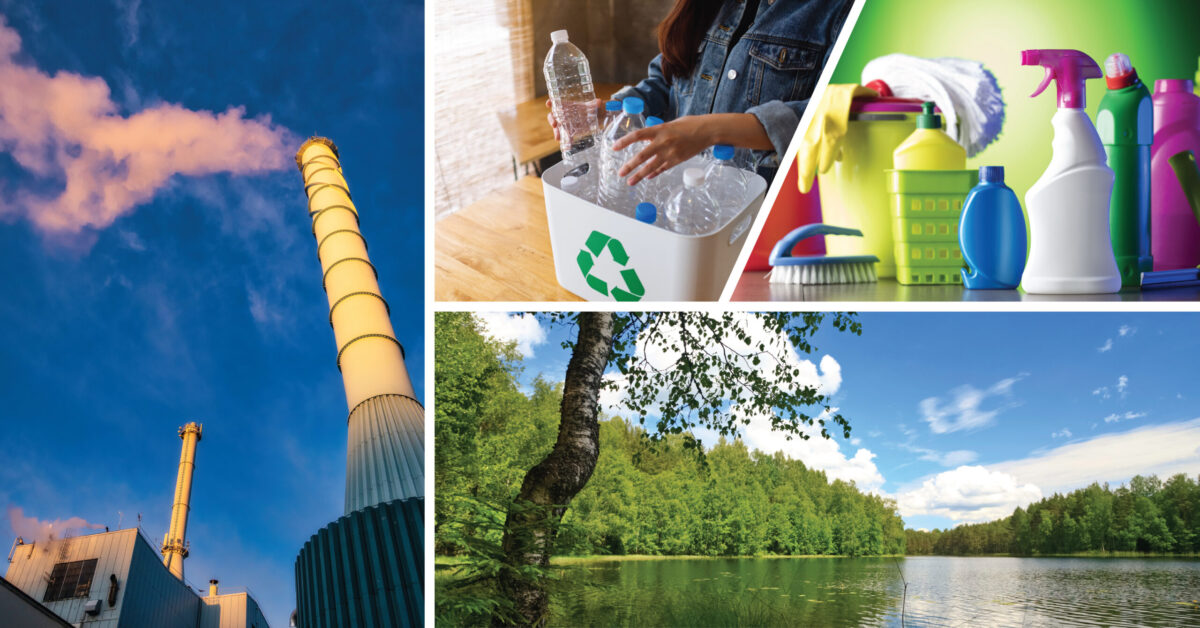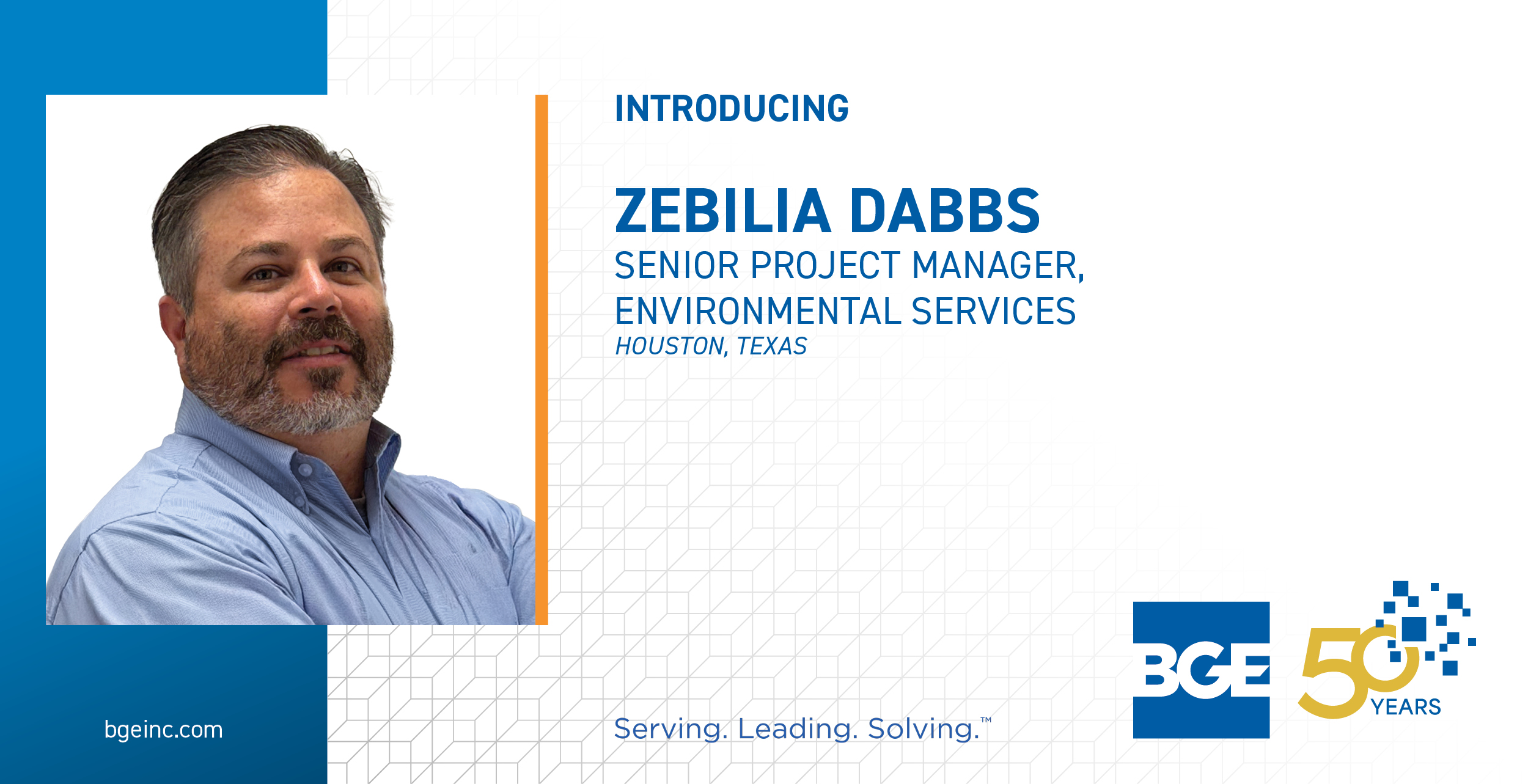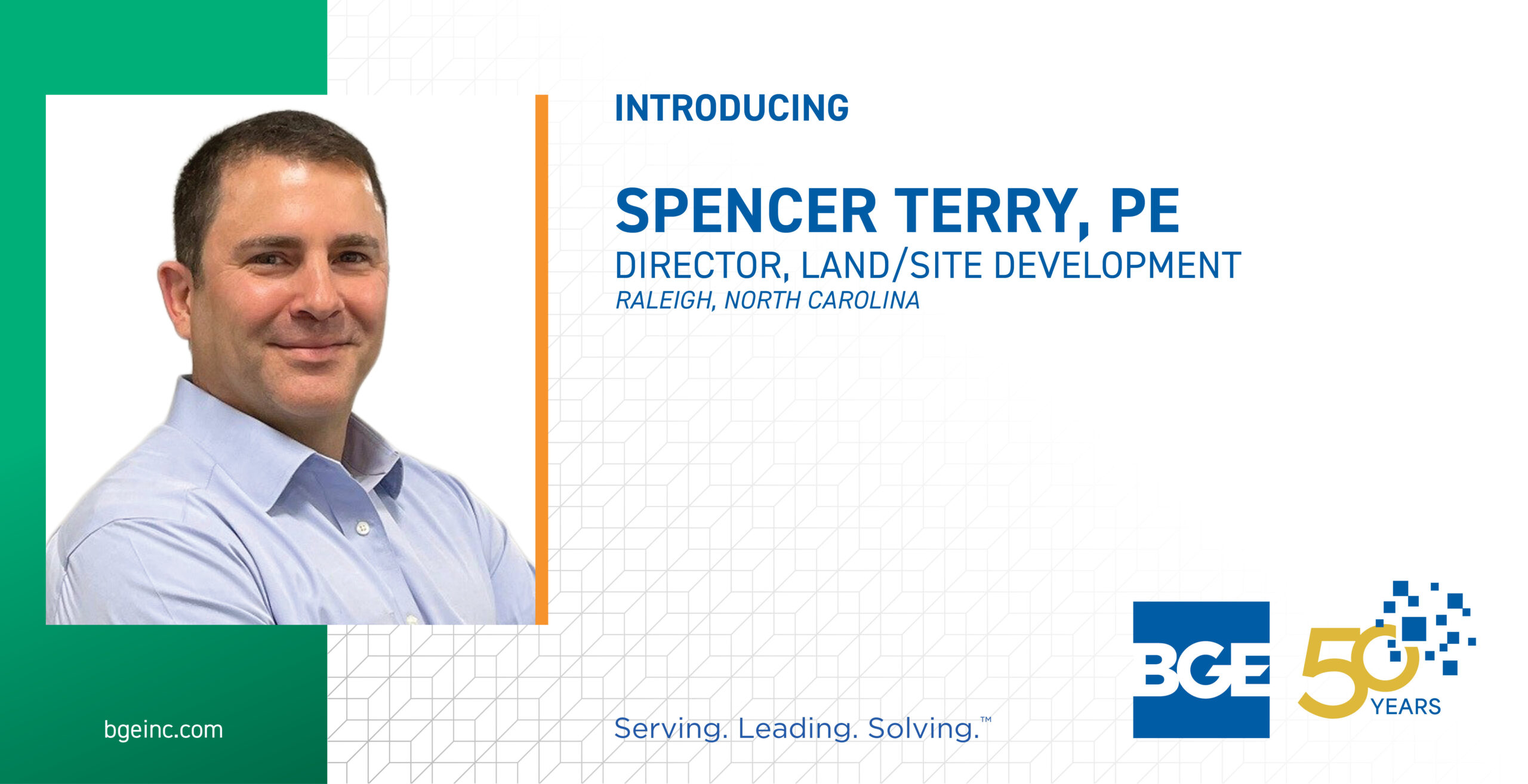While this week marks the official start of Fall, we are also spotlighting Pollution Prevention (P2) Week. Although the official observance is September 20–26 this year, it is something we should keep top of mind all year long.
Whether it be industrial or personal accountability, we can all do our part to minimize the impacts of pollution. Let’s start with what can be done on a personal level.
Personal Responsibility
We have all heard the saying “Reduce, Reuse, Recycle.” It is a great reminder to think about the environment. Still, there are additional ways you can help minimize pollution – like using safe chemicals and properly disposing of your waste.
Safer Choice Chemicals
Have you seen the “Safer Choice” label on cleaning products? If so, have you wondered why it’s there and what it means? The chemicals approved in these cleaning products are safer for use in both our homes and businesses and present a reduced threat to the environment and wildlife. There are more than 2,000 products approved by the EPA to carry the Safer Choice Label.
Look for the Safer Choice Label on cleaning and disinfecting products in your local grocery store to find alternatives for your home that reduce the volume of harmful chemicals in the environment. If you want to learn more or find out if your favorite cleaning products are being considered for the Safer Choice label, you can find more information here.
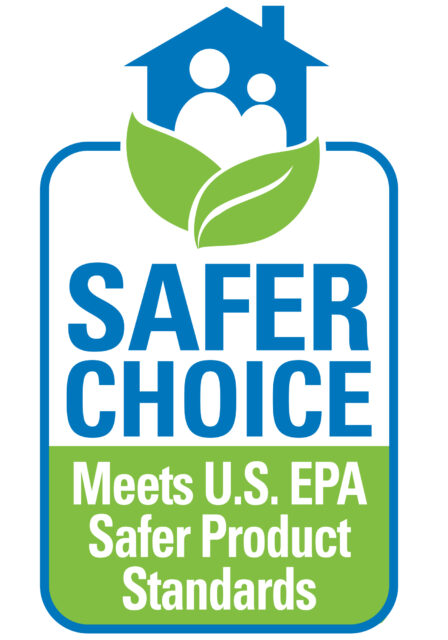
There are more than 2,000 products approved by the EPA to carry the Safer Choice label.
Properly Dispose of Waste
You might not realize it, but we all use hazardous materials. While these products are important for the maintenance of our homes, we must keep in mind what happens when we dispose of them. It’s vital to ensure this is done properly and responsibly because, if not, these materials can pollute our drinking water and environment. Never pour them down drains, into toilets, storm sewers, outside on the ground or put them in with your regular trash.
Always READ THE INSTRUCTIONS when dealing with hazardous chemicals! Use local drop-off locations for these types of materials. Some businesses will often accept household hazardous waste to make sure it is disposed of properly.
It’s vital to ensure hazardous disposal is done properly and responsibly because, if not, these materials can pollute our drinking water and environment.
In addition to switching to Safer Choice products, here are some ideas for alternatives to purchasing products containing hazardous chemicals.
Hazardous Waste Source Reduction Around the Home
Instead of:
Drain Cleaner
Glass Cleaner
Furniture Polish
Rug Deodorizer
Silver Polish
Mothballs
Try this:
Use a plunger or plumber’s snake.
Mix one tablespoon of vinegar or lemon juice in one quart of water. Spray on and use newspaper to dry.
Mix one teaspoon of lemon juice in one pint of mineral or vegetable oil and wipe the furniture.
Liberally sprinkle carpets with baking soda. Wait at least 15 minutes and vacuum. Repeat if necessary.
Boil two to three inches of water in a shallow pan with one teaspoon of salt, one teaspoon of baking soda and a sheet of aluminum foil. Submerge silver and boil for two to three more minutes. Wipe away the tarnish and repeat if necessary.
Use cedar chips, lavender flowers, rosemary, mints or white peppercorns.
Industrial
Pollution prevention is a collaborative effort. It takes all of us, as well as a commitment on the industrial level. Industrial facilities produce many of the essential items in our daily lives, from food and automobiles to goods that make our lives easier. Owners of these facilities are tasked with balancing consumer needs with protecting the environment.
Invest in Efficient Equipment
One of the biggest ways industrial facilities can find that balance and reduce emissions and waste is by investing in modifications to existing equipment or purchasing new and upgraded equipment. Reduced air emissions and waste generation also help to minimize the regulatory costs and the reporting burden associated with operating these facilities, which is a win-win for everyone.
Reduced air emissions and waste generation also help to minimize the regulatory costs and the reporting burden associated with operating these facilities, which is a win-win for everyone.
Utilize Compliance Assistance
Managing the many required regulations for air and hazardous waste disposal can be a monumental task. While many companies have teams in place, the volume of regulations often requires companies to pull in outside consultants like BGE to provide services such as emissions inventories, air quality modeling, emissions test plans, permitting strategy development and permitting support. This helps industrial facilities comply with federal, state and local air-quality regulations while maintaining operational flexibility in highly competitive industries.
So, there you have it. Whether you are managing an industrial facility or your personal day-to-day habits, there are many ways you can make an impact on the world around you. Making a few small changes each day improves our own health, the wellbeing of others and the long-term sustainability of the environment. Happy P2 Week!
